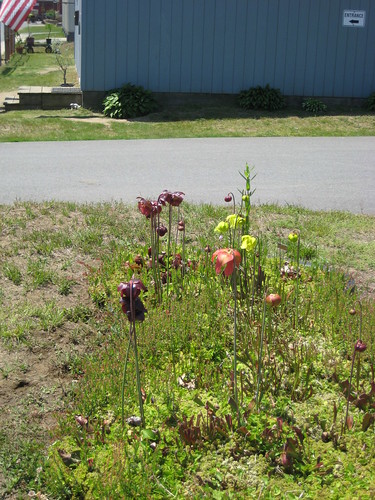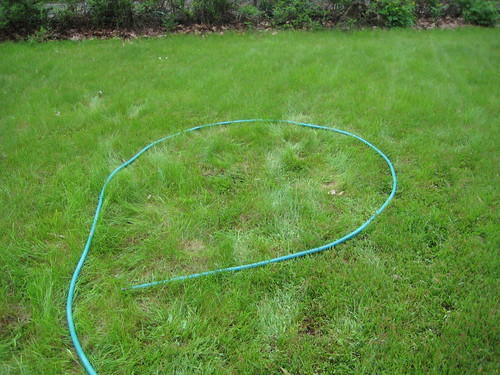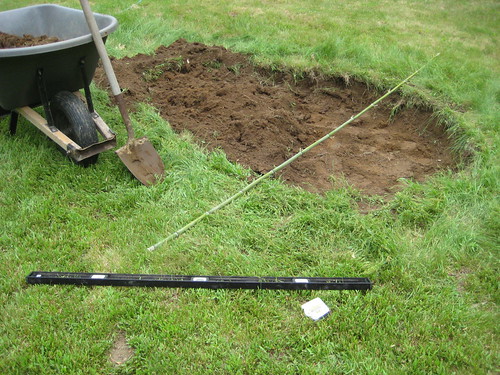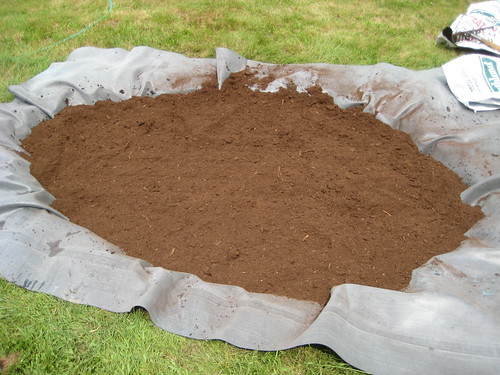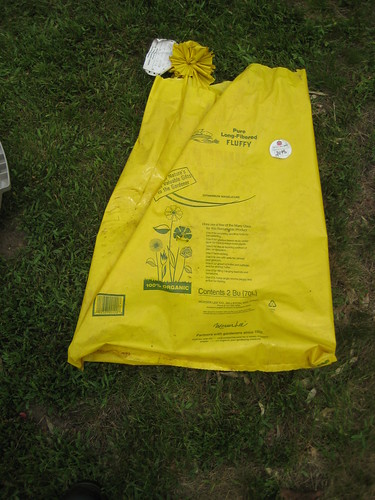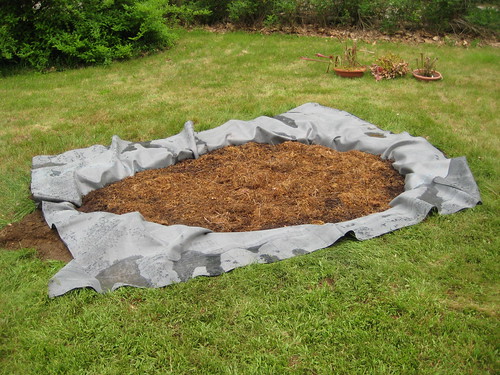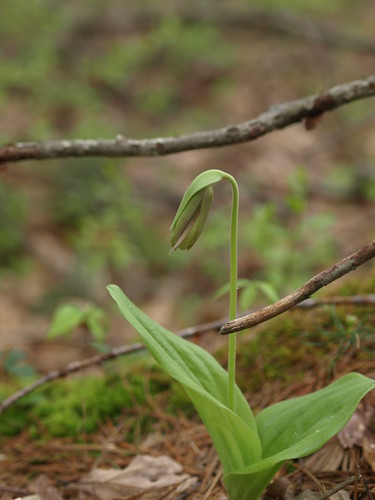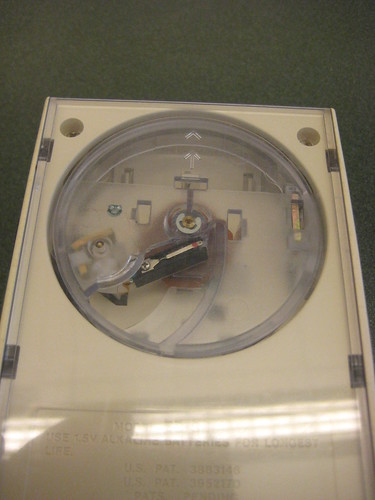Cross-posted to LibraryThing. N.b. – I’m reviewing an ARC – nitpicks may not apply to the final product.
I approached Jessica Speart’s Winged Obsession with a bit of trepidation; the last butterfly book I read (which covered some of the same territory) was a bust, to say the least. My initial impression was less than positive. Whatever good things there are to say about the book – and there are good things – Ms. Speart’s writing style is not among them. I don’t require end-to-end lyricism, but I felt as if I were reading something pitched at a supermarket checkout line level. Page 5:
He took it all in as he studied one booth after the next. He wasn’t there for the bugs, and though he got a kick out of seeing movie stars, they weren’t his prey du jour either. He glanced down at the photo in his hand. It was a legal resident-alien driver’s license gratis the California Department of Motor Vehicles. His prey was an Asian man who was a notorious bug collector. It was time to make the donuts and find his quarry.
My discomfort increased when, on page 74, she asserts that, “Operation Falcon exposed a Middle Eastern plot to smuggle endangered wild falcons from North America for the sport of sheiks and oil-rich falconers.” Um, no. I think it would be more accurate to say something like “Operation Falcon exposed the gullibility of USF&W as they were played like a cheap fiddle by a con man who entrapped just enough other folk to keep one step ahead of the game and it killed many wild falcons especially on the back end, when F&W was responsible for caring for confiscated birds.” I was a bit of a skeptic going in – the narrative is clearly ‘heroic law enforcement officer’ – errors like this deepened my skepticism; the phrase that leaps to minds is ‘drinking the (USF&W) kool-aid’.
With all that said, the last third of the book held me spellbound as Ed Newcomer, the USF&W agent, was running Yoshi Kojima to ground. Kojima is a very strange man, but is no dummy – an expert smuggler. Real tension gets built as Newcomer gets closer and closer… At the same time Newcomer is working the California roller pigeon case (Op. High Roller -most of my falconry friends will be familiar w/ the case already) and is having some marriage trouble. We get a wrap-up of the pigeon case, but there’s no resolution (that the reader is privy to) on the home front.
Overall, I’d give this 2 1/2 stars – down from 3 because of the writing style and kool-aid quaffing.
Separately – because it’s not a fair knock on Ms. Speart’s work – I wish the book had veered a bit into some of the conservation issues it brushes up against. At one point, we see a facility that breeds endangered California butterflies; release areas are a huge issue, so the facility has oodles of dead adults they can’t do anything with. The question of what do you do with this kind of material is a big one with no good answer. In the US, the answer is nothing. In Europe – at least in the cases I’m familiar with – the answer may be different. When smuggled dart frogs are confiscated on their way into the EU, they are often later released to hobbyists. This puts frogs into the hands of folks who will hopefully breed them and may save them from being destroyed, but also allows ‘laundering’. In the US, it’s pretty clear, based on export permits, CITES paperwork, etc. what species were imported legally. It’s a lot fuzzier across the water – as soon as confiscated Dendrobates unobtaniatus are released, all instances of same already in country magically become offspring of the released one. The thorny issue of wildlife monetization pops up as well – one side says that by making wildlife valuable (esp to the locals), habitat will be preserved. The other side sees dollar value as a fast road to decimation – the best way to increase value is to make the item rare (the deBeers strategy). Finally, I would have loved some analysis of the hidden bad guy in the butterfly smuggling story – the Japanese government. Do they just not care? Have they been captured by the smugglers on this issue? Is there anything non-Japanese citizens can do?
“Our laws are very important, or Congress wouldn’t have saddled us with them. […]”, retired FWS agent Terry Grosz sadly declared.
Wow. Naive/idealistic/crazy?

